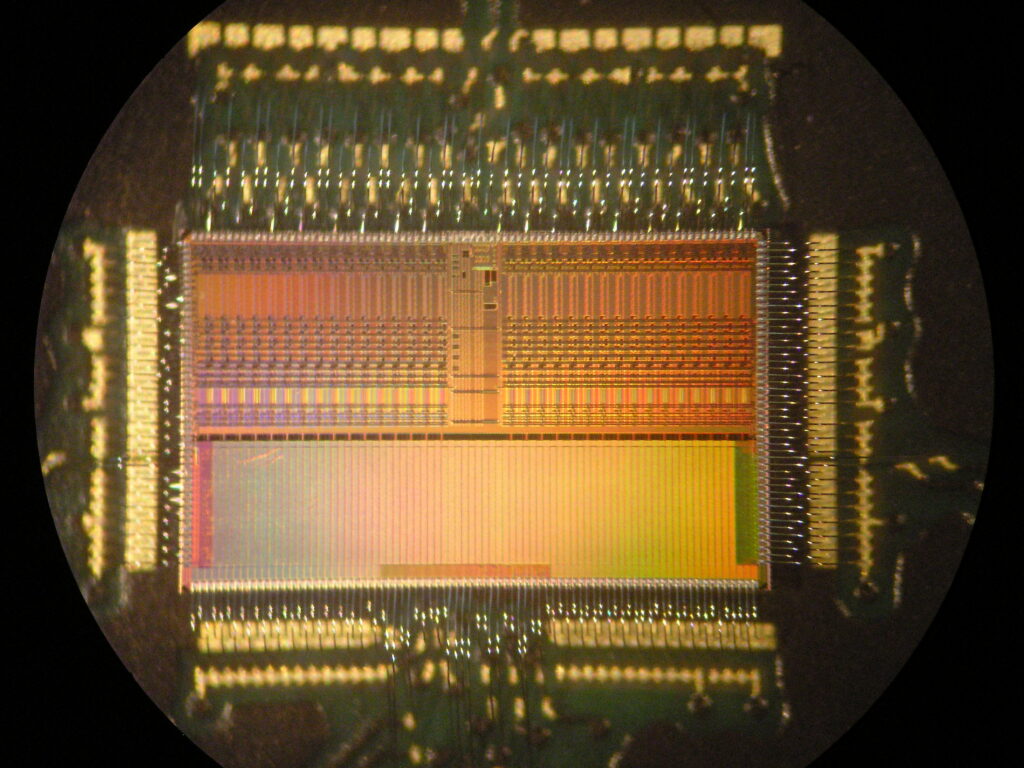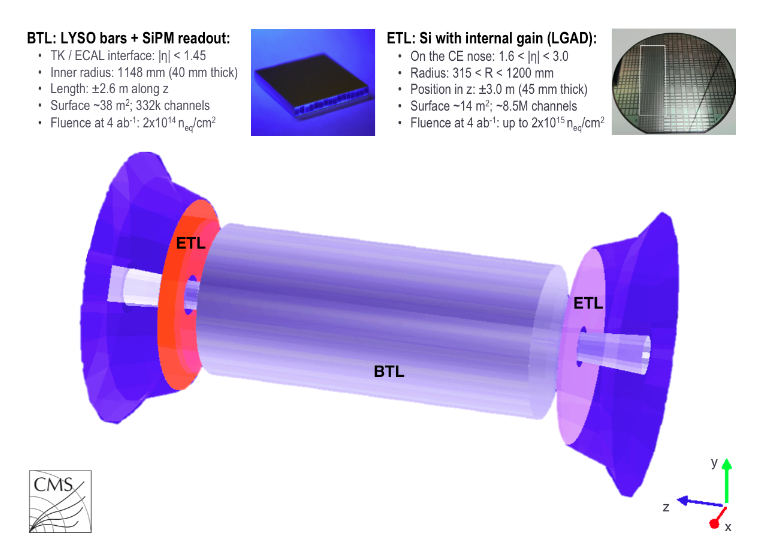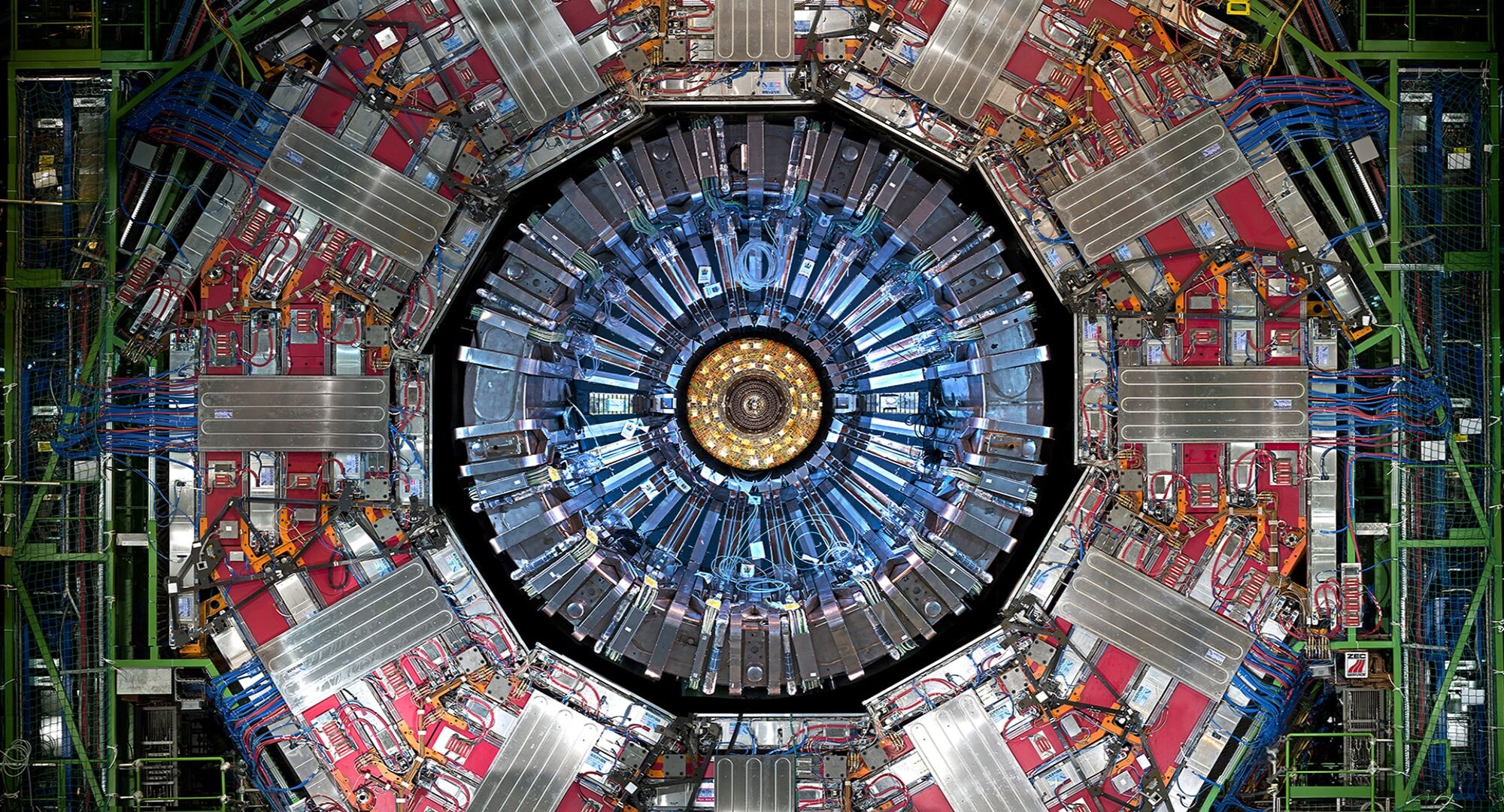The High Luminosity LHC (HL-LHC) physics program will commence after Long Shutdown 3 (LS3) in 2030. The luminosity of this next phase of the LHC program exceeds that for which the Phase 1 upgrades are designed. The central objective of the HL-LHC physics program will include measuring the properties of the recently discovered Higgs boson with higher precision and to continue searches for New Physics beyond the Standard Model. In order to meet the requirement of the HL-LHC physics program it is critical to maintain the present detector performance up to the highest luminosity of the HL-LHC program. To meet the challenges of HL-LHC operation, a number of major upgrades are foreseen.
In the high-luminosity phase of the LHC physics program starting in 2030, the accelerator will provide an additional integrated luminosity of 3000 fb-1 over 10 years of operation.
In the CMS experiment, LIP participates in the Phase 2 detector upgrades. The R&D towards the Phase-2 upgrade carried by the group is organized in four areas:
a) R&D in the Barrel Timing Layer (BTL): Development of the front-end readout system of the timing detector (LYSO crystals and SiPMs) based on a fast-timing TOF ASIC provided by Portuguese industry (full LIP responsibility). The group is responsible for the design and construction of the readout system of the BTL, including a high-performance TOF ASIC for time measurement;
b) R&D for the PPS timing detectors: Develop LGAD sensors and associated electronics for use as timing detectors in the HL-LHC PPS upgrade, resistant to highly non-uniform radiation and with good (~40-50ps per plane) time resolution;
c) R&D in the ECAL frontend readout system: Development of the new ECAL readout system based on a new 160MS/s low power ADC ASIC provided by Portuguese industry (CEA Saclay, INFN-Torino and LIP responsibility);
d) R&D on the High Granularity Calorimeter: Support to the development of low voltage regulator (LVR) ASIC resistant to radiation provided by the Portuguese industry.
While a) and b) are the main focus of the current LIP/CMS group activities, c) and d) were developed in collaboration with the Portuguese industry and were successfully completed.
Upgrade of the Trigger System
The original design goal of the LHC was to operate at 1034 cm-2s-1 with 25 ns bunch spacing, such that approximately 25 simultaneous inelastic collisions per crossing (“pile-up”) occur. With upgrades to the LHC, the luminosity and pile-up will more than double. One important part of the CMS Phase 1 upgrade program is to improve the performance of the Level-1 Trigger system at high luminosity with large numbers of pile-up events. To meet these requirements the electronics for the calorimeter, muon and global trigger systems will be replaced.
The upgrade in the Trigger system is aimed at improving the trigger algorithms such that the present energy thresholds could be used at higher luminosity. The importance of the trigger upgrade increased with the discovery of a relatively light Higgs boson, since high trigger efficiency for Higgs studies requires low trigger thresholds. The implementation of more sophisticated trigger algorithms requires the design and construction of a new hardware system based in modern technologies. The new system will be built and installed in the period 2013-2018.
The LIP group developed the new optical Serial Link Boards (oSLB) that interfaces the ECAL electronics to the Trigger System. Two 4.8 Gb/s fibers per board transmit data to the upgraded calorimeter trigger and to the current system in parallel. The oSLB is a key element in the CMS strategy for commissioning the new trigger system.

Precision Proton Spectrometer
The LIP group is leading the development of the new forward Precision Proton Spectrometer (PPS). PPS demonstrated -for the first time- the feasibility of operating a near-beam proton spectrometer at high luminosity on a regular basis. A member of the group is serving as PPS Project Coordinator.
CMS added a proton spectrometer located in the 200-225 m region along the beam-line sections on both sides of the CMS interaction point. This detector system, together with the CMS central detector, enables the study of inclusive or exclusive final states produced in association with leading protons at the design LHC energy collisions and luminosities, pp →p+X+p, where X can be a simple state such as W+W– , or di-jet, or any beyond standard model (BSM) final state.
The LIP group is participating in PPS with the development of the front-end electronics of the timing detectors, aiming at a time resolution of 10 ps. The group has also interest in the future option of a timing detector in preparation for the High-Luminosity LHC Phase-2 using the LGAD silicon sensors and associated readout electronics.
A new near-beam proton spectrometer at the HL-LHC will include timing and tracking detectors. The large number of “pile-up” interactions foreseen at the HL-LHC (up to 200) makes it necessary to measure the longitudinal coordinate of the vertex via time-of-flight. Sensors with a single plane time resolution of 40−50 ps are adequate. For the choice of the detector technology, synergies with the ongoing developments for the Phase-2 upgrade of the central pixel system and the forward MIP timing detector are considered.
The LIP group, in collaboration with other groups (Fermilab, Torino, Zurich), is pursuing R&D studies of LGAD silicon sensors and associated electronics for timing measurements. The ETROC (Endcap Timing Readout Chip) is being developed for the LGAD-based CMS Endcap Timing Layer (ETL) at HL-LHC. The LIP group is closely collaborating with the Fermilab team for characterization of the ETROC+LGAD. Functionality tests of the latest
version of the ASIC (ETROC2) were performed. Characterization of ETROC2+LGAD system was tested in the beam at DESY and at CERN.

MIP Timing Detector (MTD)
In view of the High-Luminosity (HL-LHC) phase, the upgrade of the CMS experiment at CERN will include a novel MIP Timing Detector (MTD). The central part of MTD, the barrel timing layer (BTL), is designed to provide a measurement of the time of arrival of charged particles with a precision of 30 ps at the beginning of HL-LHC, progressively degrading to 60 ps while operating in an extremely harsh radiation environment for over a decade.
The Barrel Timing Layer (BTL) is a thin standalone detector in the region between the outer tracker and the ECAL based on LYSO:Ce crystals read-out with silicon photomultipliers (SiPMs) for precise timing of minimum ionizing particles. The full BTL detector has about 330,000 readout channels. The LIP group is responsible for the design and construction of the BTL readout system. Dedicated ASIC electronics (TOFHIR) will be used to readout the SiPM arrays.
The LIP group leads the design, production, and validation of the BTL front-end electronics with the development of a high-performance ASIC, TOFHiR2, for sensor readout.



